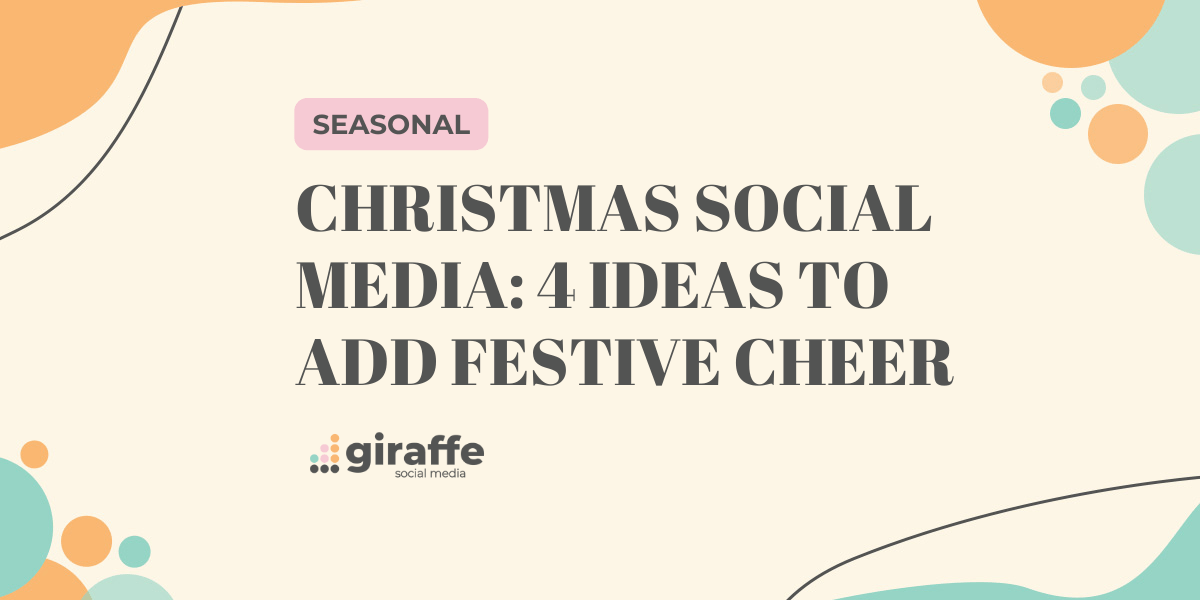We wait 4 years for it to come around. We spend millions of pounds arduously preparing and ensuring our carefully selected players are in the finest physical and mental heath. We, the fans, have spent entire life savings in making the 5,000-mile trip across the continent to cheer our heroic lions on. Two defeats and one draw later, and that’s it – bring on 2018.
Of course, we are talking about the 2014 World Cup in Brazil. While – for the sake our blood pressure at least – it’s best to try and forget about our frustrations on the pitch, it’s a good opportunity to discuss some of the stuff that was happening off of it – and as much as we’d love to detail our exploits from the Copacabana, it’s the social media side of things that we’ve been particularly struck by.
The expanding social media dialogue
Has there been any spectacle in recent years that has captured the whole world’s imagination more than the 2014 World Cup? If it wasn’t being talked about at work or in the pub, then you only had to jump on social media platforms to see #Brazil2014 trending or the rather cool ‘hashflags’ that inundated our Twitter feeds.
We’re not complaining mind you. Being – as you may well have noticed – avid football fans here at Giraffe, the social media frenzy in which we experienced without doubt had a positive influence on the tournament. The excitement, enthusiasm, trepidation, disappointment and anger that were all expressed on Facebook timelines or Twitter feeds, was something never been done before on that mass scale.
And it wasn’t just the fans that were getting involved. The players themselves could regularly be found on Instagram for example, posting photos of hotels, dressing rooms and the majestic stadiums Brazil has to offer. That wasn’t when they were featuring in adverts promoting World Cup sponsored events, encouraging folk at home to interact using the carefully crafted Twitter hashtag.
FIFA World Cup social media
No matter how you consumed the World Cup, what had to be admired was the consistency of the brand FIFA (something that the people in charge have tried so hard to desecrate, but that’s another story). The FIFA World Cup had its own Instagram account. There were 33 official accounts for the participating teams, and even the official match ball the ‘Brazuca’ had its own Twitter with over 2.22 million followers. As well as this, Twitter created a social hub using the hashtag #WorldCup to feature all the action and reaction, so you didn’t miss a thing.
What can businesses learn from it?
Now in terms of social media, businesses can certainly learn a lot from the success of this tournament. Whether it be promoting the individual members of your company, like the teams did with their players, or demonstrating that the more quality, goal orientated content (pardon the pun) you create, the better engagement you will receive on social media platforms. Many teams pulled out all the stops to keep their accounts fresh and interesting and many entrepreneurs can follow this model. While you may not be able to replicate FIFA’s level of social domination, you can certainly build greater brand awareness.
So while we were undoubtedly gutted at the fact that England performed spectacularly poorly during the competition, we were absolutely thrilled about how big a part social media played in the competition.




